10 Old Home Features That Younger Generations Don’t Know How to Use
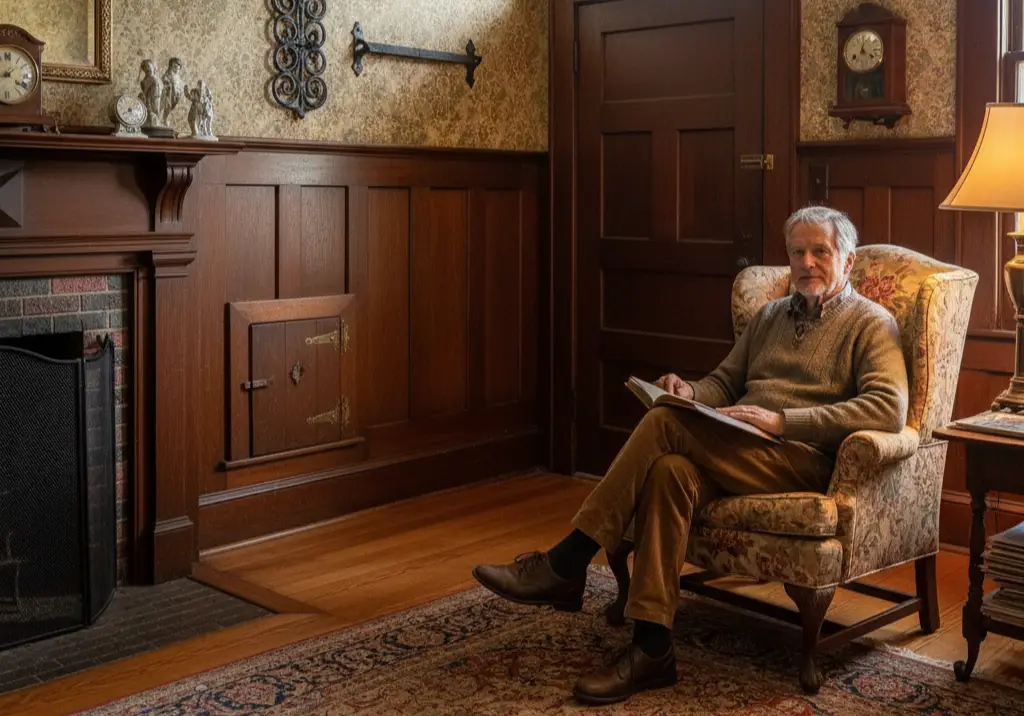
Step into an older home and you might find yourself surrounded by features that once made everyday life easier but now leave younger generations scratching their heads. Before the days of smart appliances and instant convenience, homeowners relied on clever design elements and old-fashioned ingenuity to get through their daily routines. While many of these features have been retired or simply forgotten, they still linger in historic houses across the country.
For millennials and Gen Z, encountering a laundry chute or a speaking tube can feel a little like stumbling into a history museum. These were once practical, even cutting-edge solutions, but they now seem foreign in a world of voice assistants, central heating, and online grocery delivery. Let’s take a look at ten of these quirky, old home features that younger generations often do not know how to use—and why they deserve a little appreciation.
1. Laundry Chutes
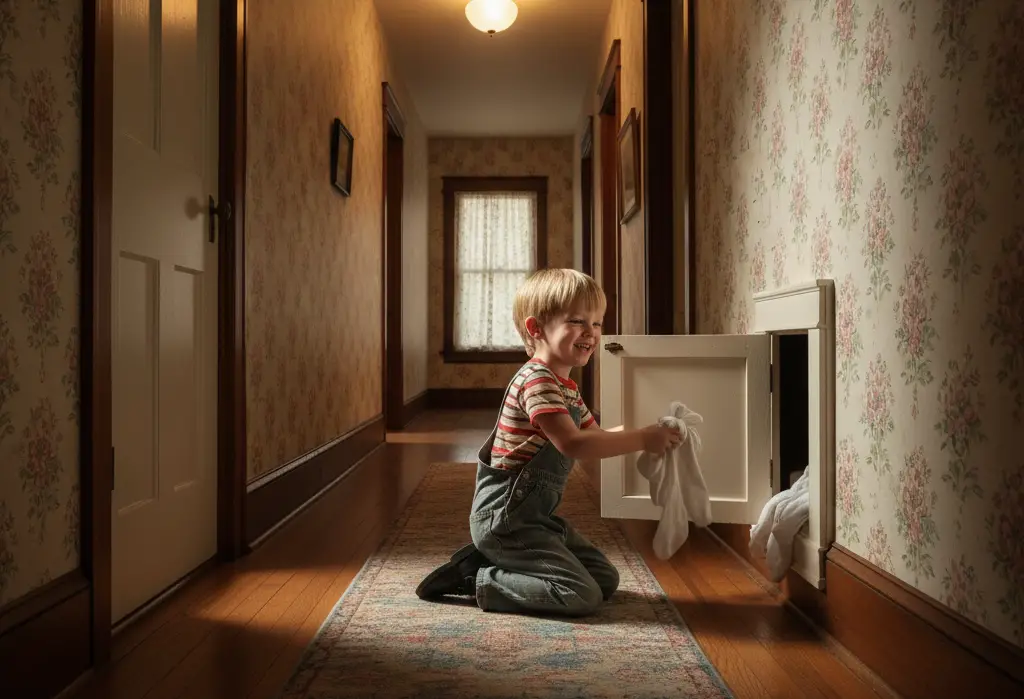
Laundry chutes were once the ultimate household convenience. Instead of lugging baskets of clothes down the stairs, all you had to do was toss them into a small hatch in the hallway or bathroom and watch them disappear into the basement or laundry room below. For busy families, especially those with kids, it was a lifesaver. Today, most younger homeowners have never even seen one, let alone used it. In fact, many people who stumble upon a chute in an older home assume it is just a random hole in the wall. While safety codes have made them less common in modern builds, older generations still remember the joy of sending socks and towels on a one-way ride to the washer.
2. Dumbwaiters
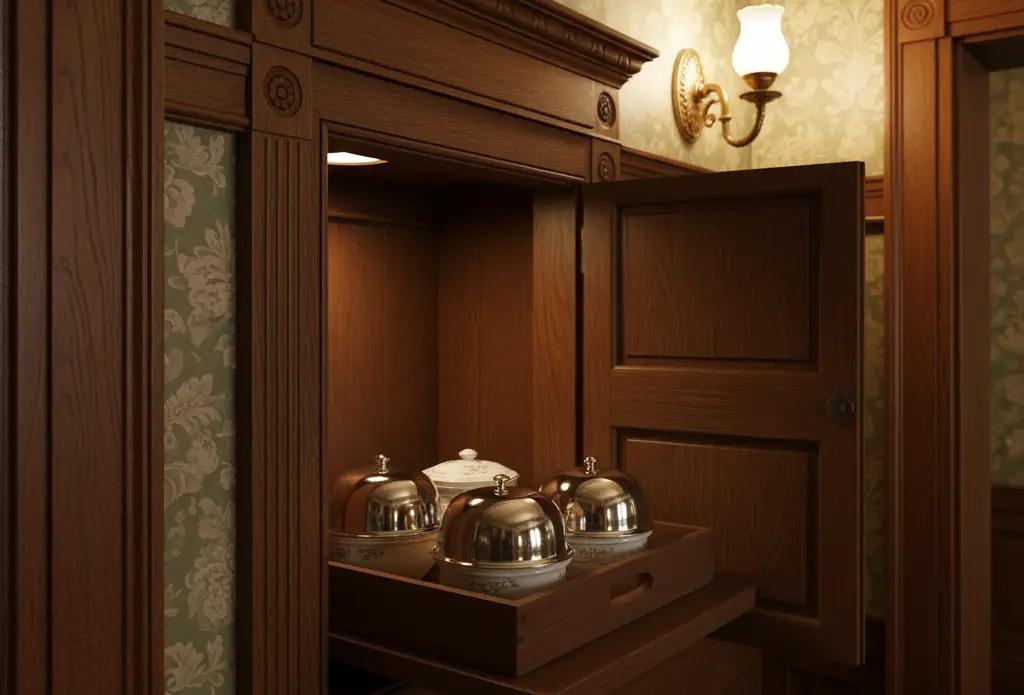
No, we are not talking about a slow server at a restaurant. A dumbwaiter was a small lift built into multi-story homes to carry food, dishes, or even laundry from one floor to another. It saved time, reduced spills, and spared homeowners a lot of heavy lifting. Wealthy families often used them to send meals from the kitchen downstairs up to dining rooms on higher floors. While they might sound like something out of a fancy hotel, dumbwaiters could be found in modest homes as well. Younger people today might mistake one for a tiny closet or a strange elevator shaft, but in their prime, they were practical and a little luxurious.
3. Coal Chutes
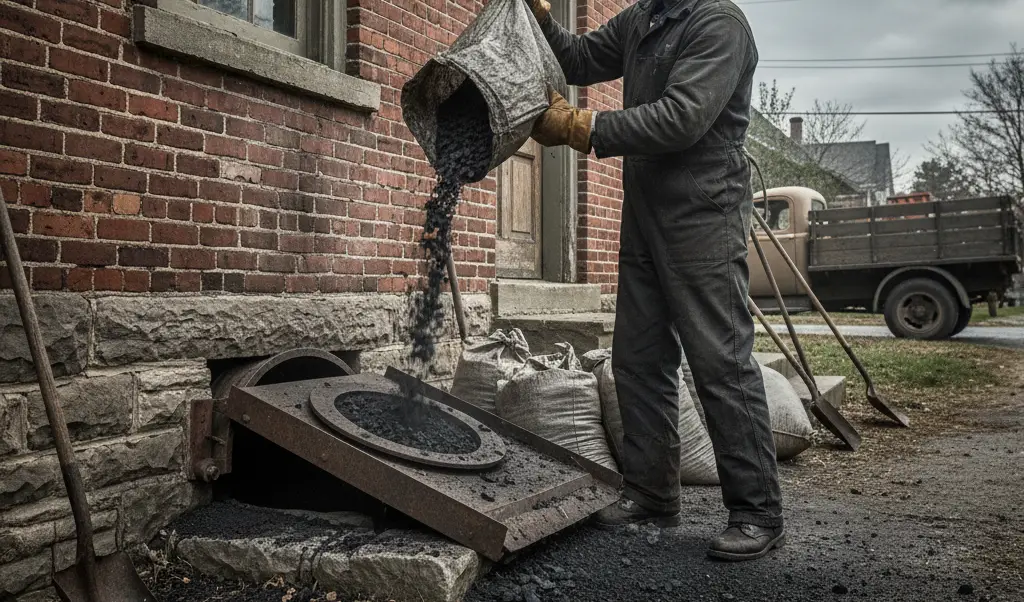
Before the days of natural gas and electric heating, keeping your house warm meant keeping a steady supply of coal on hand. Coal chutes allowed delivery workers to dump coal directly into a basement storage room through a small exterior door, usually located near the driveway or sidewalk. For homeowners, it was an efficient system that kept the mess outside and the fuel inside. To younger generations, the idea of heating a home with lumps of coal feels more like a scene from a Charles Dickens novel than a practical solution. While most of these chutes have been sealed up for decades, they remain as quirky reminders of a time when staying warm took a lot more effort.
4. Milk Doors
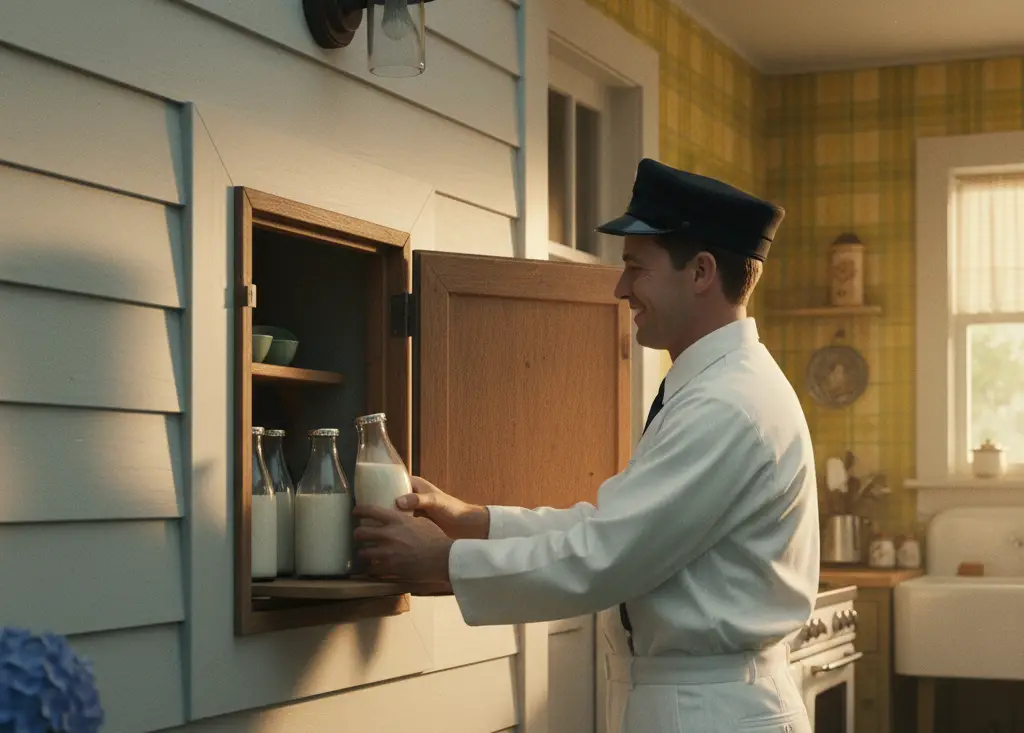
Long before grocery delivery apps and meal subscription boxes, there were milk doors. These small compartments, built into exterior walls, allowed the milkman to deliver fresh bottles straight into the house without having to step inside. Homeowners would leave empty bottles in the compartment, and the milkman would swap them out for full ones. It was a simple, sanitary system that kept milk fresh and doorsteps clutter-free. Today, younger people might wonder why there is a tiny door in the kitchen wall or mudroom, not realizing it once connected them to one of the earliest home delivery services.
5. Boot Scrapers
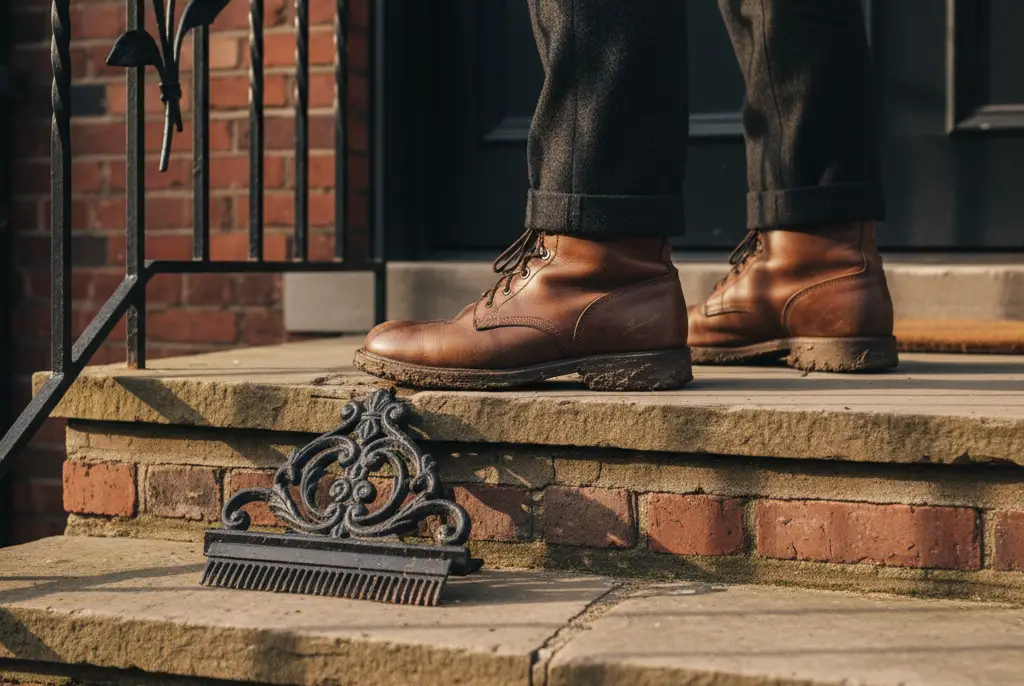
If you live in an old house, you might have noticed a small iron plate or decorative slot near the front steps. That, my friend, is a boot scraper. Back when muddy roads and unpaved streets were common, boot scrapers were essential for keeping dirt and muck out of the house. Guests would simply drag the bottoms of their boots across the scraper before entering. Modern shoes, sidewalks, and indoor flooring have made these relics unnecessary, which is why younger homeowners rarely recognize them. Still, they add a charming, old-world touch to historic homes.
6. Transom Windows
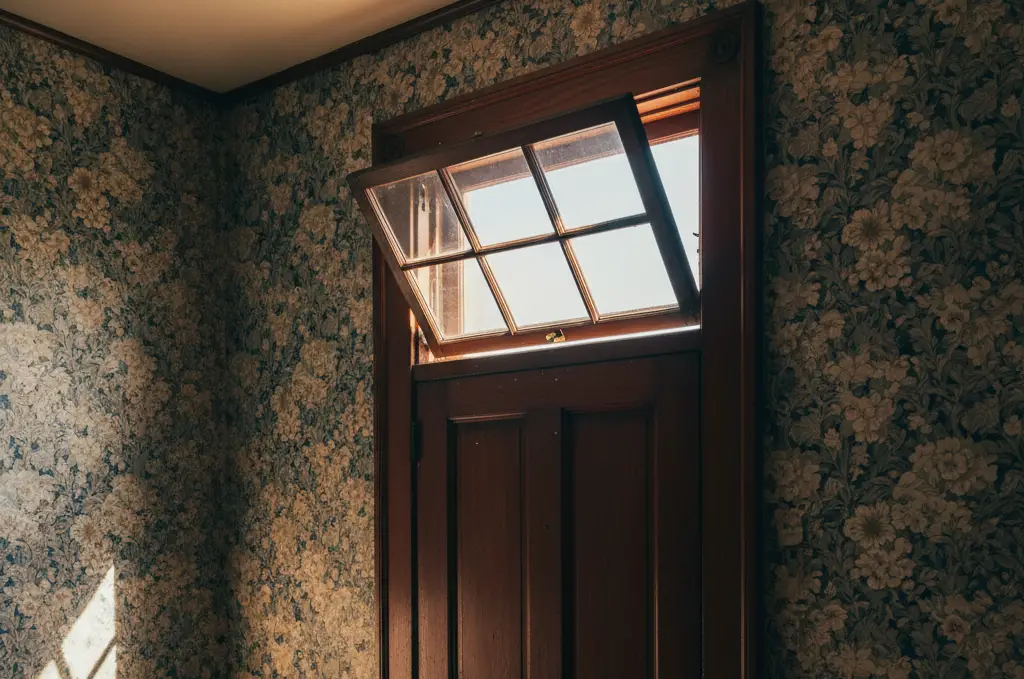
At first glance, the little window above a doorway might look purely decorative, but transom windows served an important purpose. They allowed fresh air to circulate between rooms and hallways before modern air conditioning was a thing. They also added a touch of extra light in darker interiors. For older homeowners, cracking open a transom window was second nature, but most younger people today never think to try it. Many of these windows have been painted shut or left untouched for years, but they are a clever piece of design that balanced beauty with practicality.
7. Butler Buttons and Servant Bells
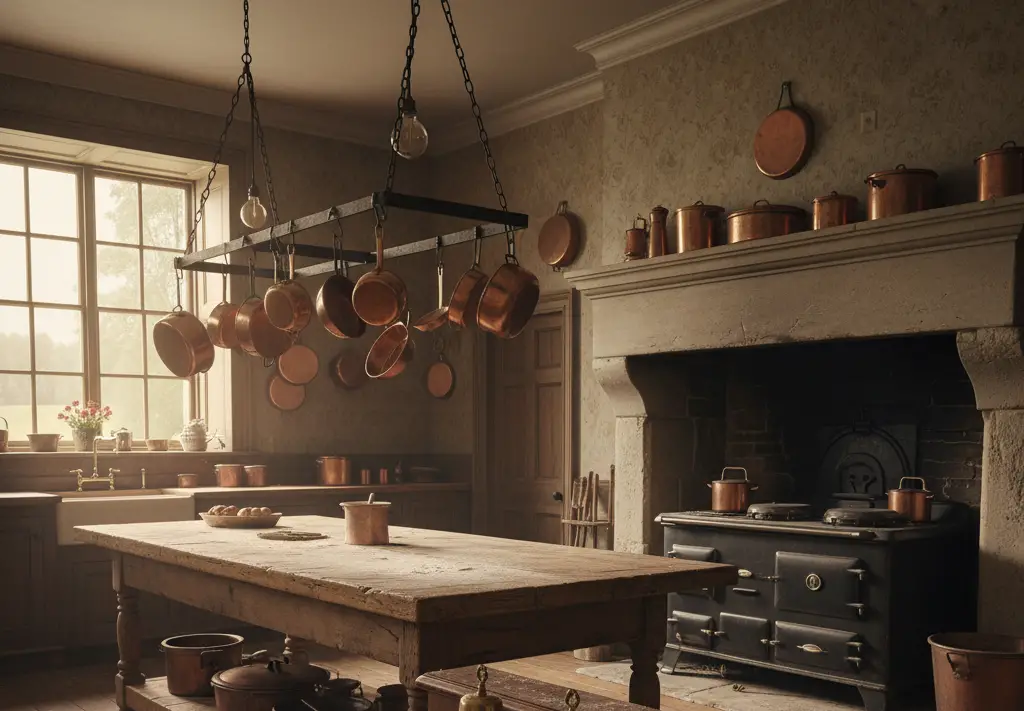
Before smart speakers and intercom systems, households with staff relied on butler buttons or servant bells. These were small buttons, often hidden under rugs or tucked into corners, that when pressed rang a bell in another part of the house. It allowed homeowners to summon help discreetly and efficiently. In older houses, you can sometimes still spot the bells mounted on a wall in the kitchen or pantry. Younger people might assume they are part of a doorbell system or even old alarm equipment, but they were essentially the original “call buttons.”
8. Speaking Tubes
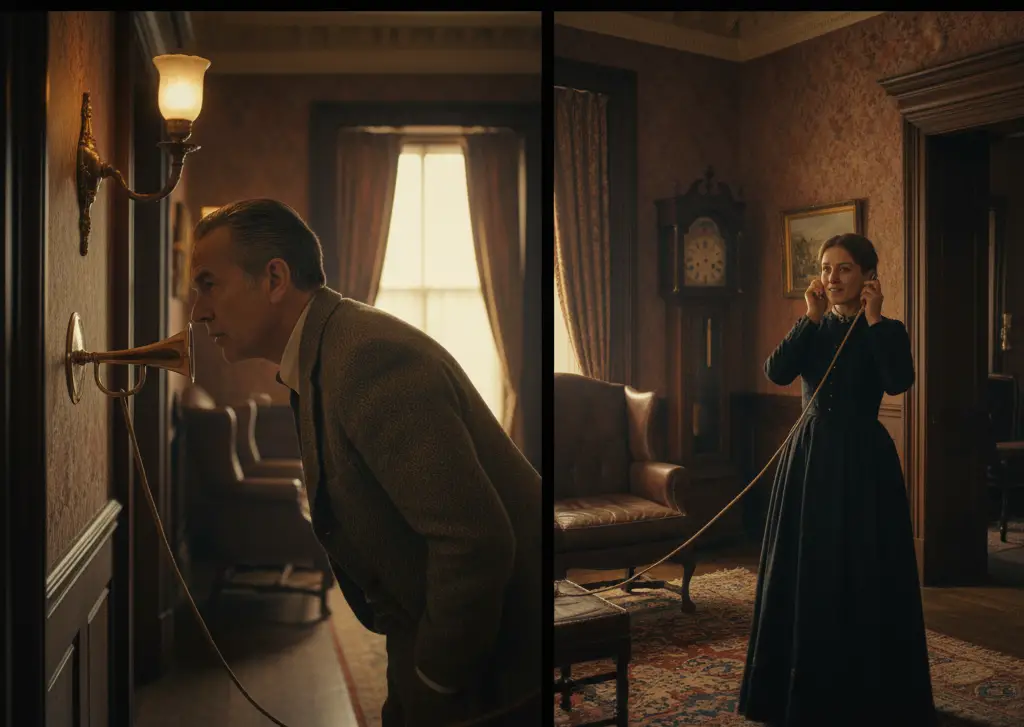
Imagine yelling into a metal pipe to talk to someone across the house. That was the magic of speaking tubes. They were built into the walls of large homes, with trumpet-shaped openings in different rooms. Instead of running upstairs to ask a question or calling across hallways, you simply spoke into the tube, and your voice traveled to the other end. While it sounds a little silly now, it was a huge convenience in an era before telephones were widespread in every room. For modern homeowners used to FaceTime and text messages, the concept feels completely foreign, yet undeniably charming.
9. Root Cellars
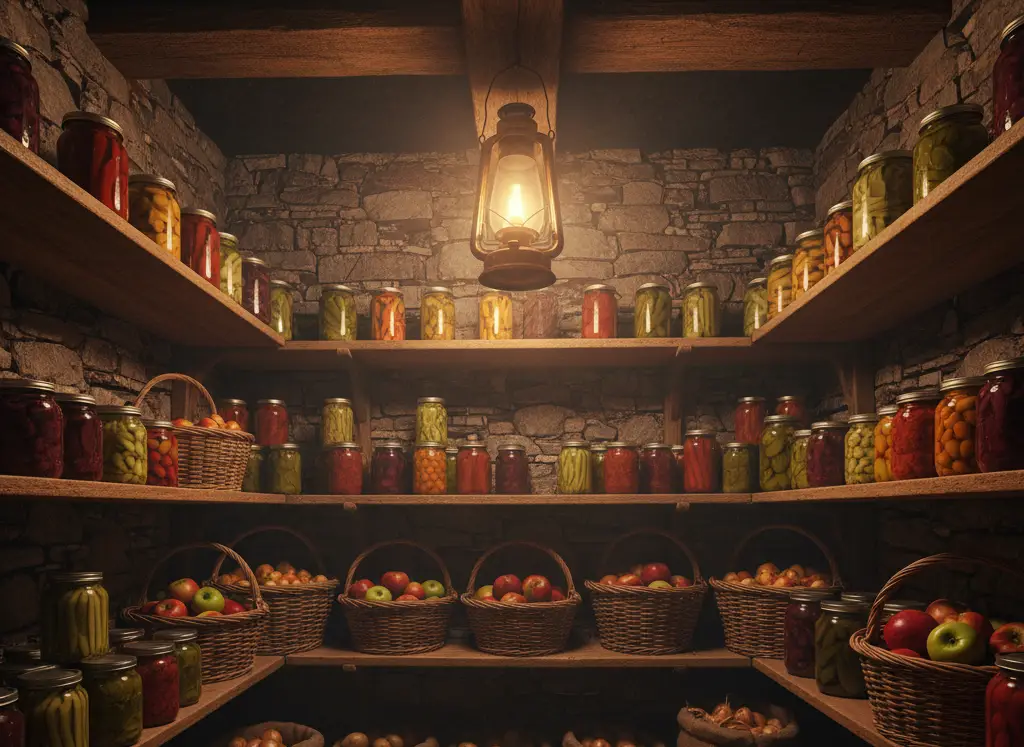
Before refrigerators became a staple in every kitchen, root cellars were the go-to solution for keeping produce, canned goods, and other perishables fresh. These underground storage spaces maintained a naturally cool temperature, perfect for potatoes, apples, and jars of homemade preserves. For farm families, the root cellar was as essential as the kitchen itself. Younger homeowners today might walk into one and assume it is just a musty old basement room, not realizing it once played a vital role in feeding an entire household through the winter months.
10. Inglenooks
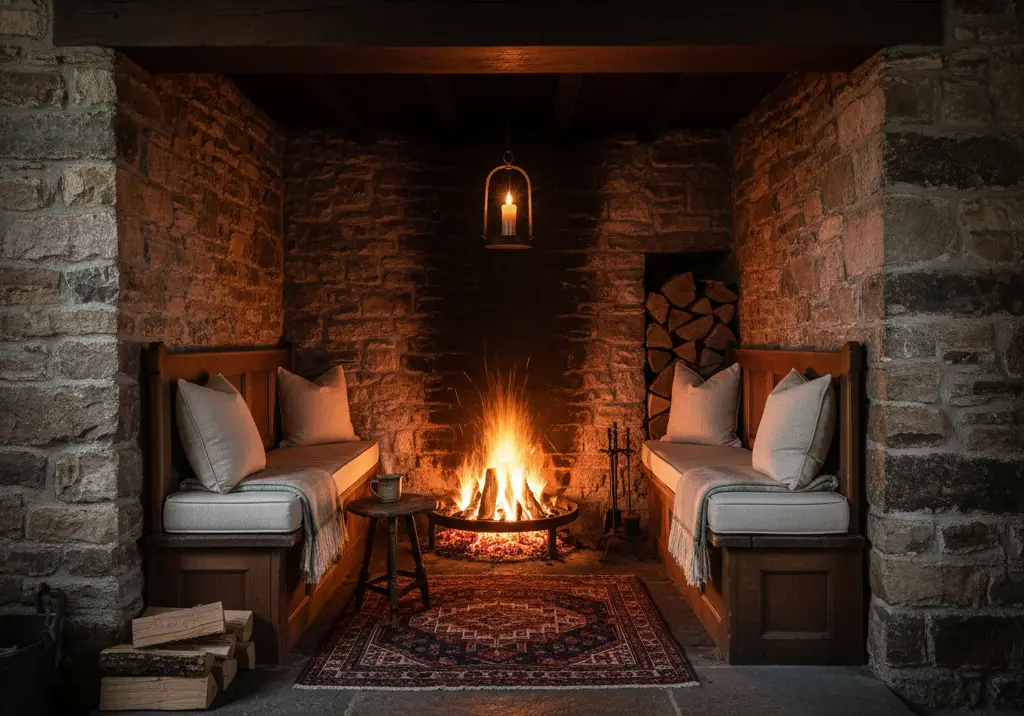
An inglenook is a small, recessed seating area built next to a fireplace, designed to create a cozy nook where family members could gather for warmth. In the days before central heating, it was a beloved feature that turned the fireplace into the true heart of the home. Children might curl up with a book, or adults might sip tea while enjoying the fire’s glow. To younger generations, an inglenook might just look like an awkward architectural quirk or wasted space, but in its prime, it was the coziest corner in the house.
Final Thoughts
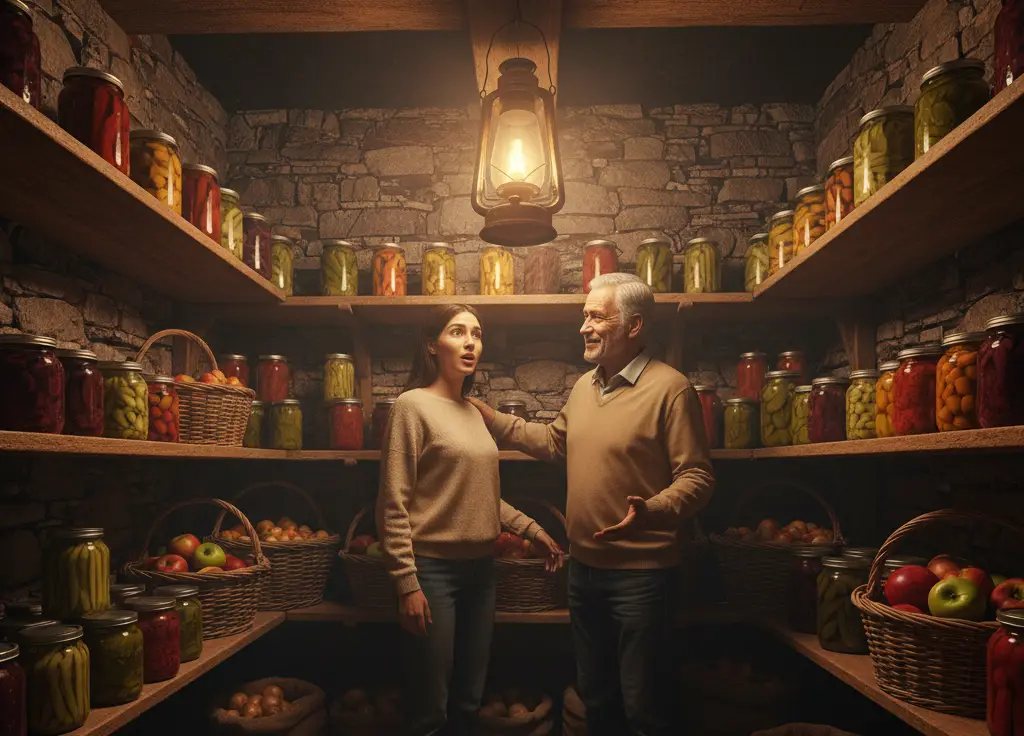
Old homes are filled with hidden treasures that tell the story of how people lived long before modern conveniences took over. From laundry chutes to milk doors, these features might puzzle younger generations, but they represent a time when design and practicality worked hand in hand to make daily life easier. While some of these quirks have outlived their usefulness, others still hold a certain charm and even inspire creative design ideas today.
So if you ever find yourself in a historic home and stumble across a strange door, a mysterious chute, or a little window above a doorway, take a moment to imagine the lives of the families who once relied on those features every single day. You might just discover that “old-fashioned” does not mean outdated—it means clever, resourceful, and a little nostalgic.
Leave a Reply